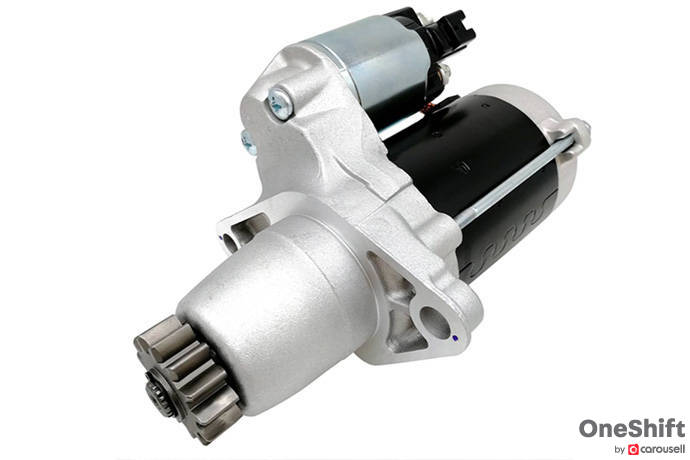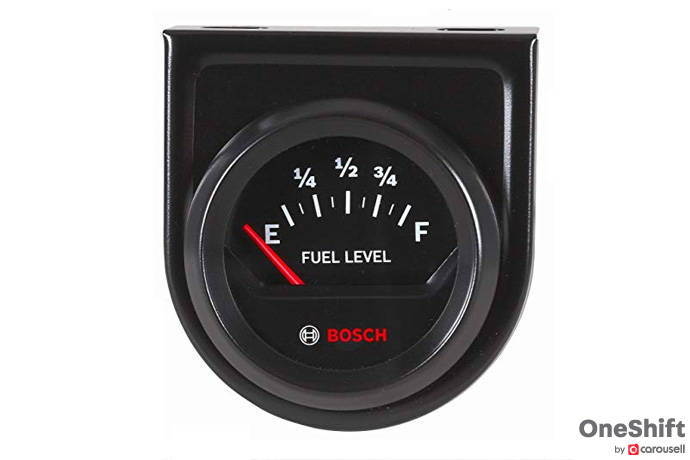5 Stop-Start Myths!
5 Stop-Start Myths!

Love it or hate it, stop-start systems are here to stay. They are the simplest solution to provide an improvement in fuel economy and emissions, without any major drawbacks to the overall driving or ownership experience, unlike other fuel-saving technologies that utilise additional mechanical components to aid in providing propulsion. As with any fairly new technology, there are many myths and misconceptions about the system, and we’re here to clarify the 5 most common ones!

With the engine shut off, and with all electricals still running, a common misconception is that stop-start causes the battery to discharge to levels that will not allow the car to restart itself when needed. You'd be glad to know all cars with said system are equipped with battery sensors, as well as some form of energy management system, which, when combined, ensure the engine is only shut off when the car's battery is at an acceptable state of charge (70% capacity is what most cars require) for a reliable restart when the driver sets off again. If conditions are not met, the engine will be automatically restarted to ensure the battery remains topped off.

Photo: Aliexpress
A car's starter motor is designed to work infrequently for seconds at a time (How many times do you need to restart your car on your daily commute?). As such, it is to assume cars with stop-start systems are pushing this component into overdrive, which may result its premature failure. Thankfully, the automakers of the world have addressed this issue by making a few key alterations, such as using stronger and more durable brushes and magnets in the motor itself, resulting in a beefed up or completely reengineered starter motor for purpose, though manufacturers recommend adhering to maintenance schedules with the appropriate lubricants.
Also, the bulk of the wear and tear comes not from the act of cranking, but from the motor spinning down once the engine is alive. To curb this, stop-start starters have an electrical solenoid to mechanically decouple itself from the engine the instant it turns over. These systems have yet another clever trick up their sleeves, creating an intentional misfire of sorts to help the engine turn over on a whim. Simple measures that should promote the longevity of your starter!

Photo: Bosch
Some people choose to disable the stop-start systems on their cars in the belief that these systems can actually have a negative impact on economy. That is simply not true. Automakers will not fit components that will reduce overall efficiency of their vehicles, especially in today's eco-conscious society. Independent testing has shown that you can save half a litre of fuel for every 100km driven, with some systems reducing consumption by up to 15%!
Fuel savings aside, your commute will harm less polar bears if your engine is only running when it needs to provide you with forward momentum. When stopped, and with the engine off, you do not burn any fuel and emit any pollutants!

Perhaps this stems from the flashbacks we’ve all had as learner drivers, stalling the engine at a busy traffic junction, but many believe that stop-start systems will result in you having less control of your vehicle. Many believe that with the engine shut off, it will take quite a while from you depressing the throttle, to the engine to fire back up and providing some forward thrust, when in reality, modern systems are so refined to the point that there really isn’t a noticeable delay in the aforementioned scenario. The perceive lack of control probably comes from being distracted by the engine restarting itself, rather than the actual system doing its job.
Just like any assist, stop-start does take a certain degree of control from the driver, but not to the extent most perceive. Also, we’ve learnt to live with other kinds of interference (automatic lights/wipers, ABS, ESP), so it’s probably a matter of time before the stop-start systems can become second nature to us too!

The early stop-start systems gave this nifty fuel saving technology a really bad reputation. Older systems were so rough that when it was first fitted to the BMW 3 Series in the US, customers complained, resulting in a recall and a complete rework. Some more mature systems take a really long time, to the tune of multiple seconds, to start the engine again from a standstill, which can get really annoying when you’re trying to pull away from a busy junction.
That though, was a few years ago. The current crop of stop-start systems have way more tech built into them, and are so smooth you probably won’t feel all that much when the engine is shut off. Additional sensors mounted in the pedals or the steering column also aid in ensuring restarts are rapid, with them triggering the cranking sequence the instant it detects your foot coming off the brake pedal, or when it detects steering movement. These systems initiate the stop cycle as you are slowing down and preparing to come to a complete halt, though more advanced ones can actually cancel the stop process mid-cycle should you have to reaccelerate after you’ve initially slowed down.
Credits: Jek Ray Low


Get the Best Price for your used car
from 500+ dealers in 24 hours

- Convenient and Hassle-Free
- Consumer Protection
Transparent Process
With No Obligation








